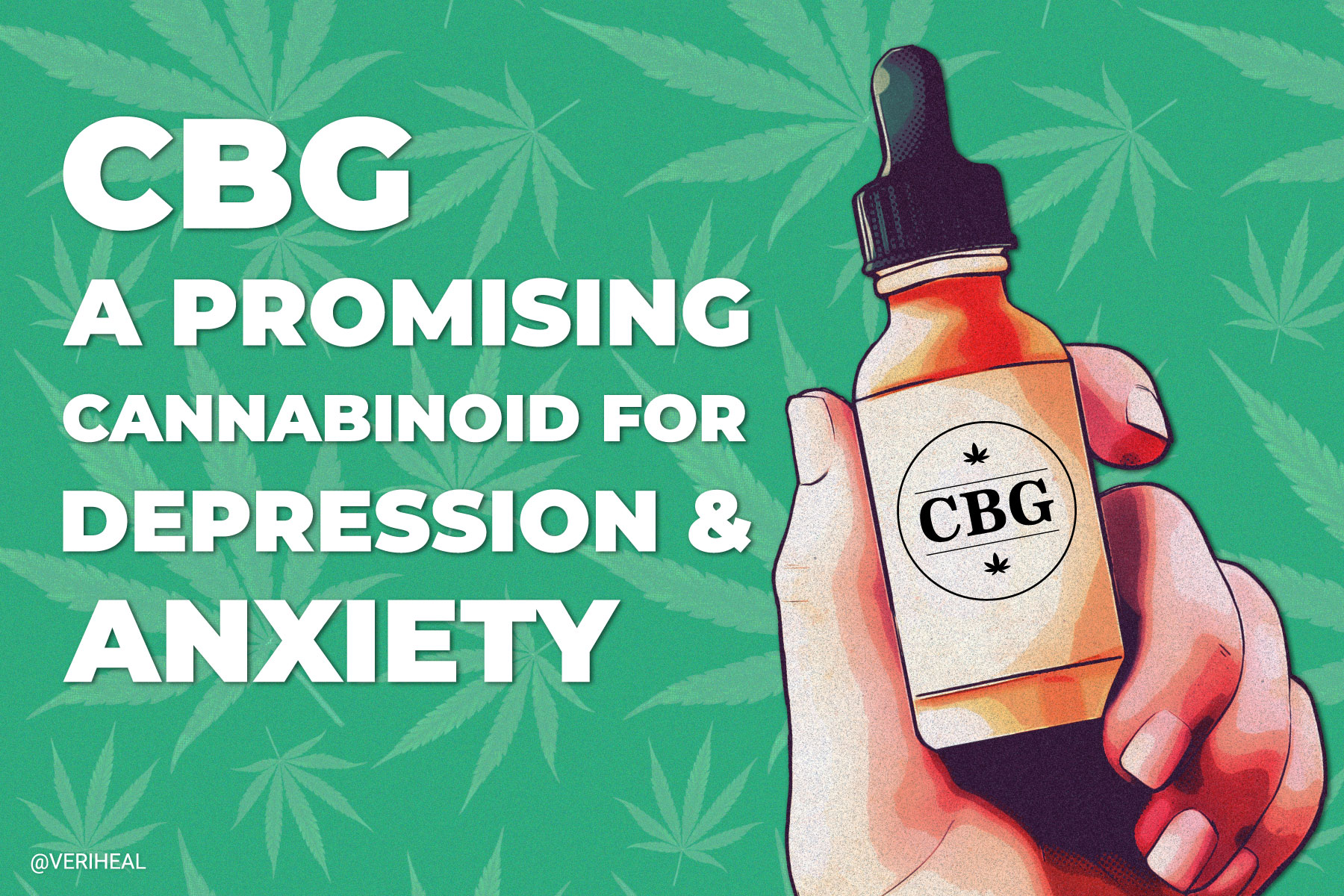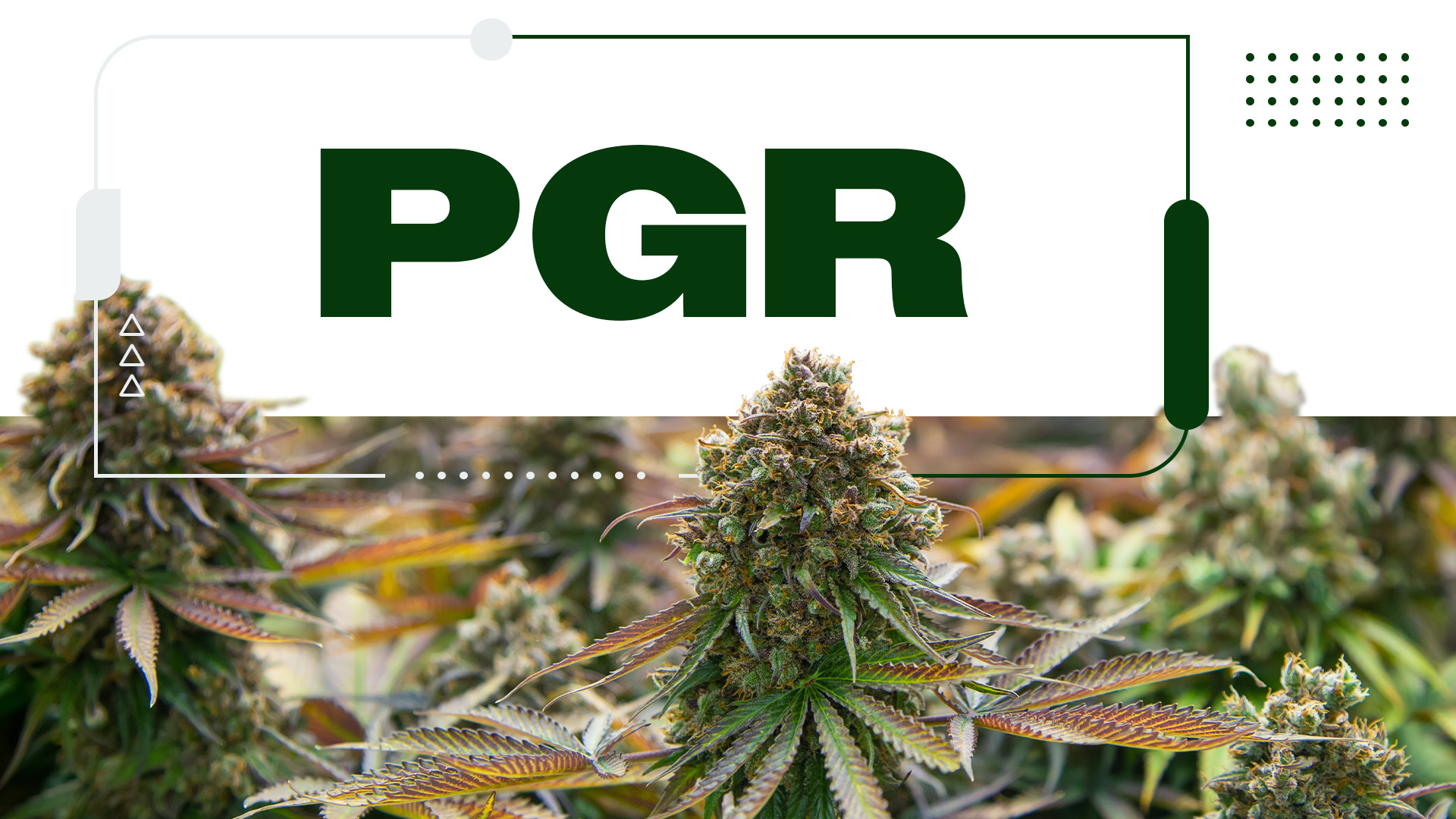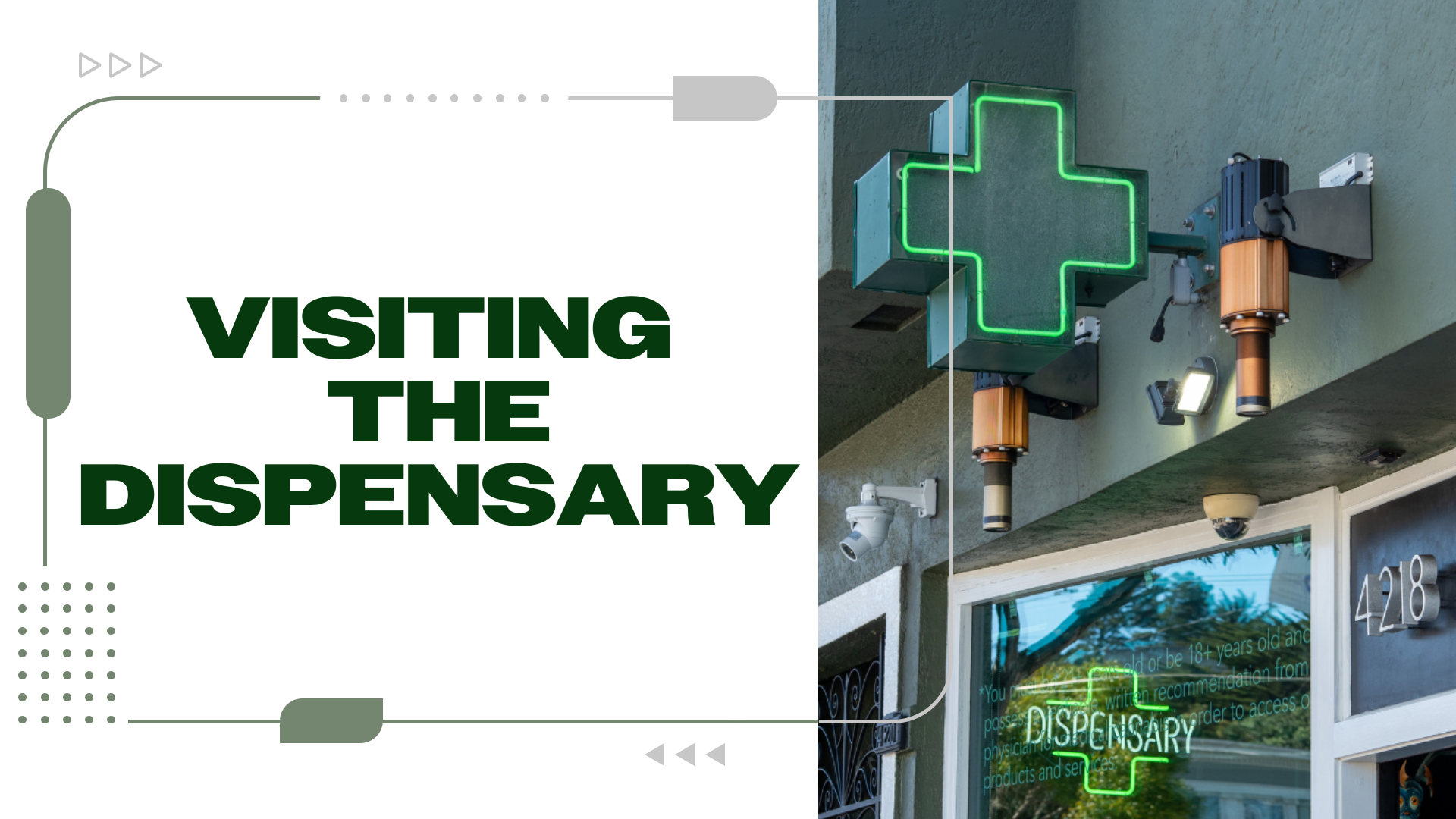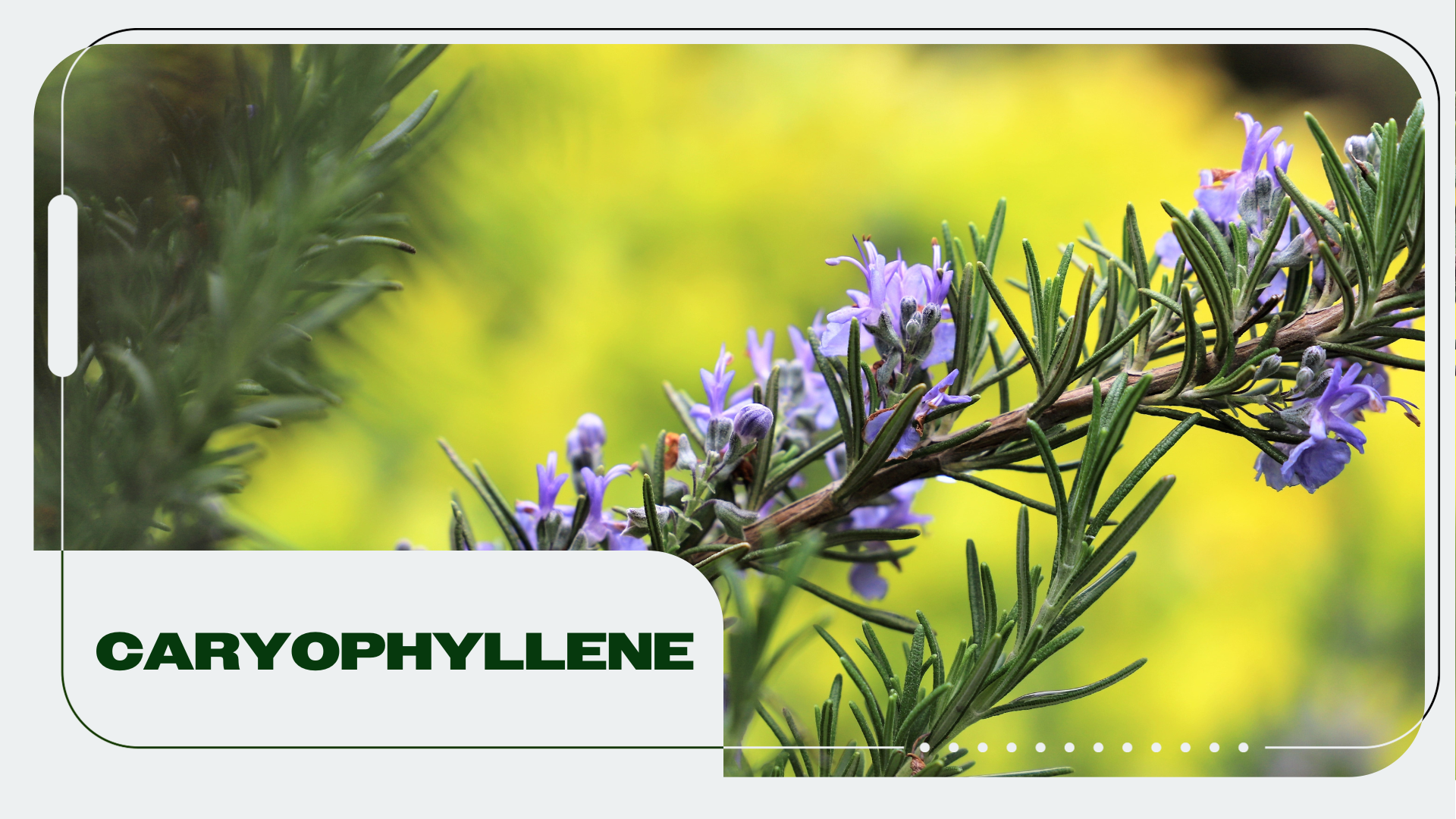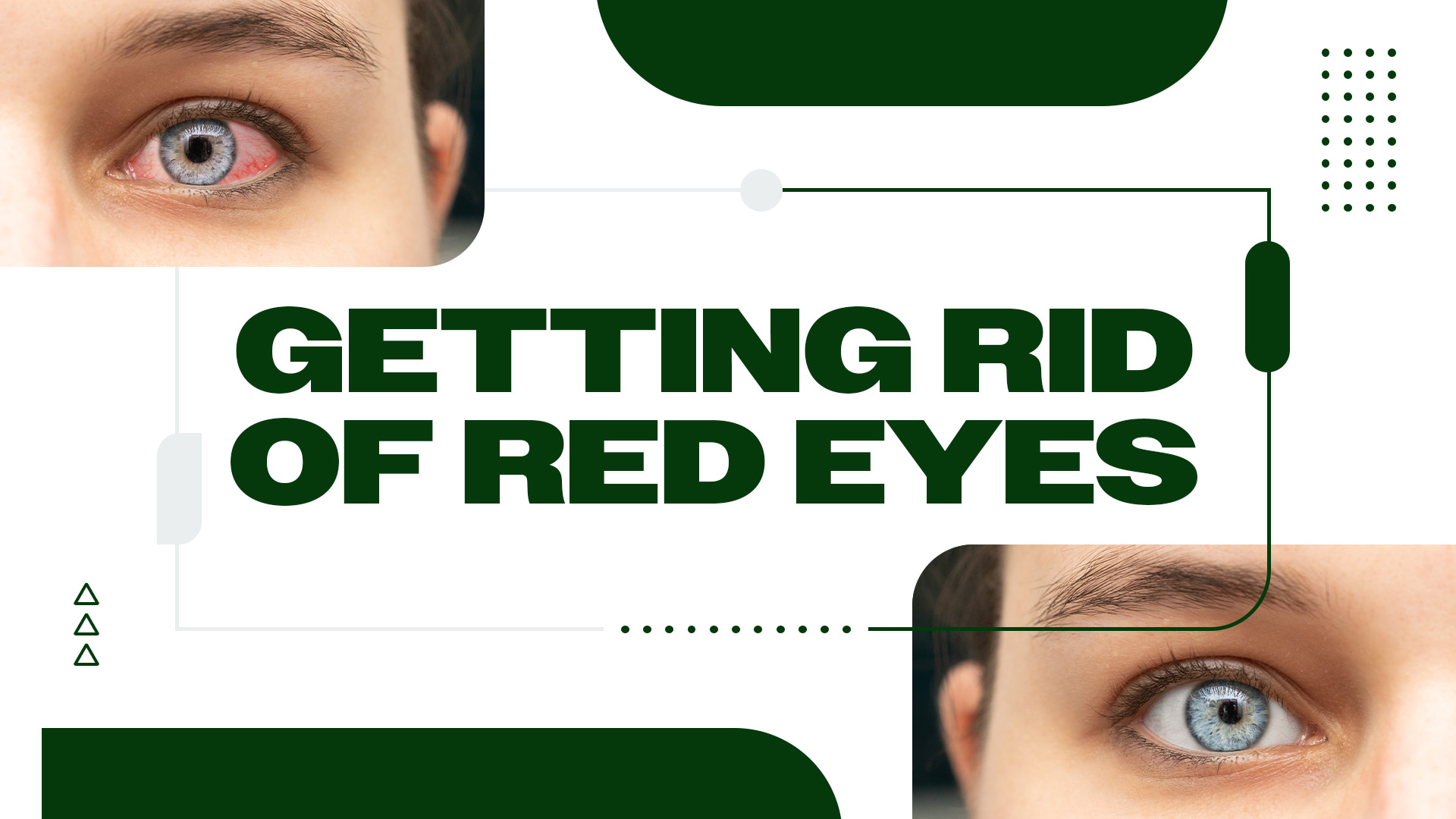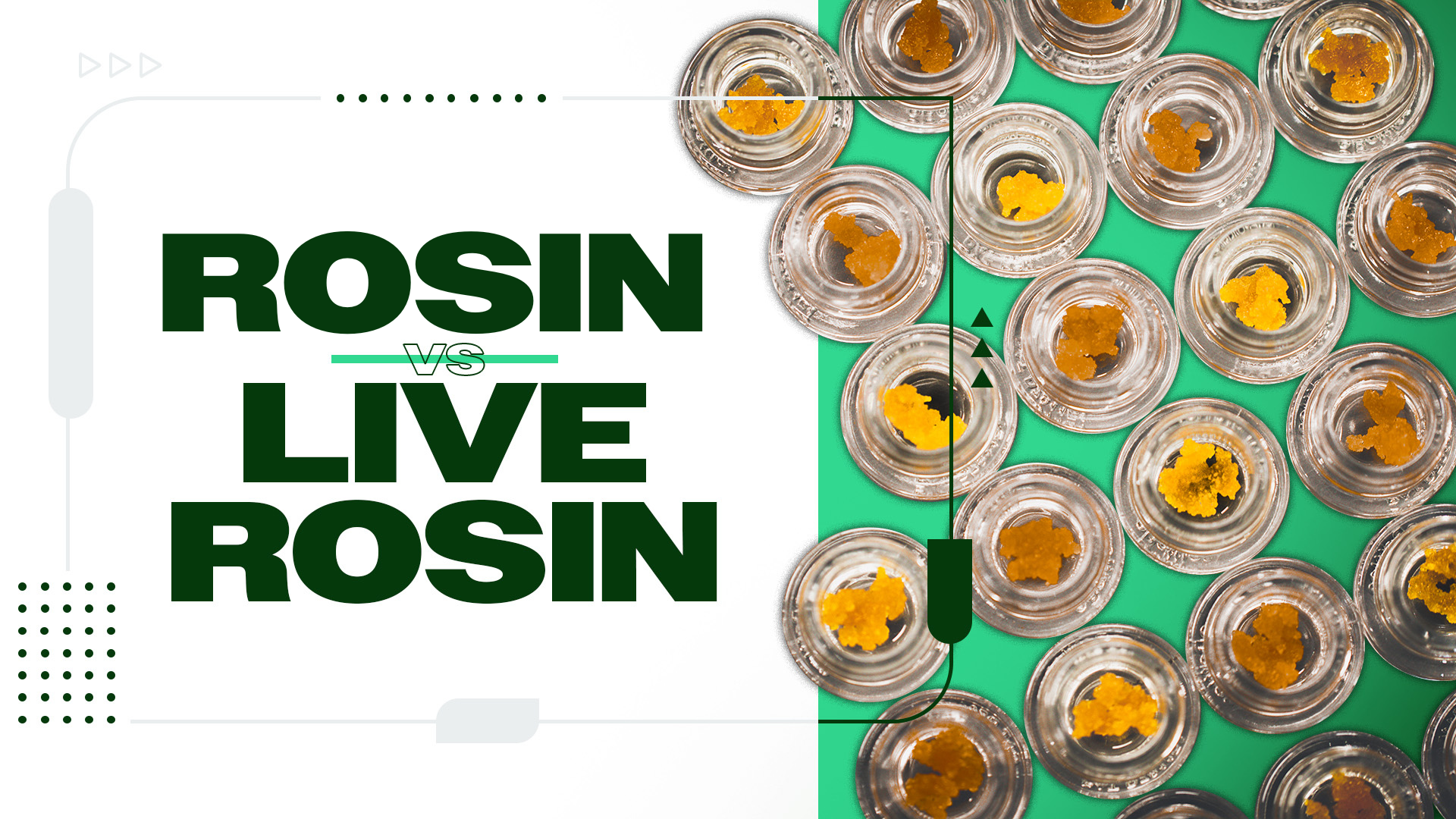Cannabigerol, or CBG, is quickly becoming a frequently talked about cannabinoid in the world of cannabis wellness! While most cannabis consumers are familiar with CBD and THC, more and more people are starting to turn their awareness to other novel cannabinoids found within the cannabis plant, including CBG.
CBG is interesting for many reasons, including its role in the development of other cannabinoids. It turns out that all cannabinoids originate from the acidic form of CBG, called CBGA. Over time, a chemical process occurs in the plant and the CBGA matures into other acidic cannabinoids such as CBDA, THCA, and more. These are the cannabinoids that, when combusted (smoked) or decarboxylated in other ways, provide the therapeutic benefits of cannabis that we know and love.
CBG: Healing Without Intoxication
CBG is a non-intoxicating cannabinoid, which means it won’t get you high. This factor alone makes the cannabinoid especially viable for treatment, as preliminary evidence has also told us that CBG potentially has uplifting effects on mood, among other health benefits. In fact, humans have been using CBG as medicine for a very long time.
Interestingly, CBG can be extracted from an African plant called woolly umbrella helichrysum (Helichrysum umbraculigerum), and African healers have historically used it to treat pain and insomnia. This example reaffirms the known notion that cannabinoids are found in plants other than cannabis and that they provide medical value. Although CBG is getting its moment in the spotlight today, it has been used for medicinal purposes for thousands of years.
Recently, CBG has received specific attention for its therapeutic potential. Anecdotal experience and science have pointed to the fact that CBG may be advantageous for the following:
- Increasing mental acuity and neuroprotection
- Increasing appetite
- Helping to achieve deep rest and good sleep
- Reducing seizures
- Possibly reducing many types of cancers, notably glioblastoma
- Reducing pain
It should be noted that human studies on CBG are few and far between, meaning more research is required in this area. CBG is not as well understood as some of the other cannabinoids, and yet anecdotal and scientific information alike are highlighting that CBG is a promising cannabinoid for many areas of healing.
If you’re interested in specifically exploring the use of CBG to mitigate pain, check out this article. In this article, we are going to explore CBG’s potential to improve mood and assist with the mitigation of anxiety and depression. If this sounds like a result you’ve been seeking through cannabis medicine, read on!
CBG’s Impacts on Anandamide, Dopamine, and Mood
Like many of its sister cannabinoids, it turns out that CBG can have an impact on our brain’s production and retention of neurotransmitters. Notably, many articles are reporting that CBG may have an impact on dopamine production through its ability to regulate the endocannabinoid system and maintain levels of anandamide in the brain.
Anandamide, one of the endocannabinoids that is made naturally in the body, is associated with bliss and a state of overall well-being. Our brains are flooded with anandamide when we exercise and move our bodies. If you’ve ever felt the “runner’s high,” or simply felt really good after a workout, that’s anandamide doing its thing!
CBG, like CBD, prevents enzymes from breaking down anandamide. This has implications on mood because, along with making us feel more blissful, anandamide is also a chemical that can increase dopamine. Dopamine is an important part of the body’s “reward” system and is released when we engage in certain feel-good behaviors such as sex, exercise, eating, achieving a goal, or consuming cannabis.
When we are deficient in dopamine, we are more prone to experiencing symptoms of depression, mood disorders, difficulty sleeping, low energy, memory issues, and loss of motivation. CBG’s ability to preserve anandamide and ultimately influence dopamine production makes it a promising cannabinoid for the treatment of depression, anxiety, and other mood disorders.
Many believe that CBG’s anti-anxiety benefits work best in combination with CBD for anxiety, stress, and depression. Due to the entourage effect, many users experience superior results when they consume multiple cannabinoids together rather than simply one isolated cannabinoid.
Tracking Patients’ CBG Experience
Recently, researchers have explored what people who have used CBG for depression and anxiety have reported about their results. In one of the most substantive analyses of CBG use to date, a 2021 patient survey was conducted to measure patients’ anecdotal responses and successes using CBG to treat their conditions.
The survey was filled out by 127 people who were using primary CBG products (or those containing at least 50% CBG cannabinoid content). The purpose of the present study was to investigate reasons for use and self-reported therapeutic effects in CBG-predominant cannabis users. Of survey respondents, 51% were using CBG to treat their anxiety and 33% were using it to treat their depression.
Based on the findings of the survey, responses revealed that through the use of CBG, patients were able to reduce anxiety, chronic pain, depression, and insomnia. As written into the survey analysis, “Efficacy was highly rated, with the majority [of respondents] reporting their conditions were ‘very much improved’ or ‘much improved’ by CBG.”
Most users reported significant positive impacts on their behavior, including reduced rates of anxiety and depression, after treating themselves with CBG-rich products. When asked whether CBG provided more benefit than traditional treatment methods for various symptoms, 80% responded that CBG was more effective for depression, and similarly, 78% responded that CBG was more effective for anxiety.
As always, explore CBG and all cannabis options with caution, an open mind, and the intention to restore your body’s overall balance.
Author, Share & Comments











